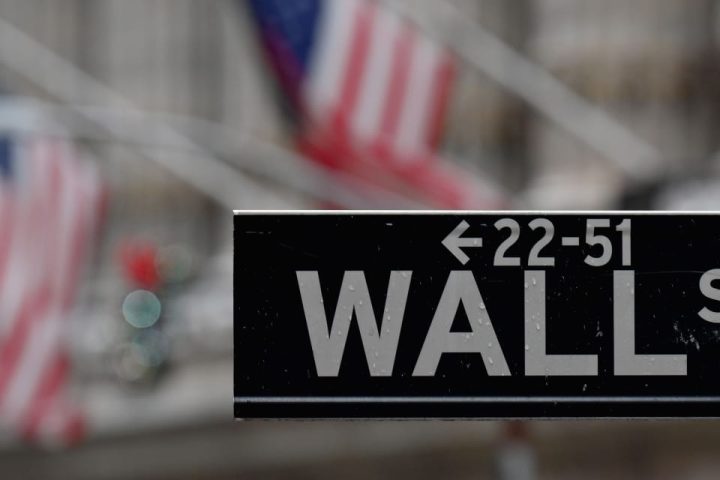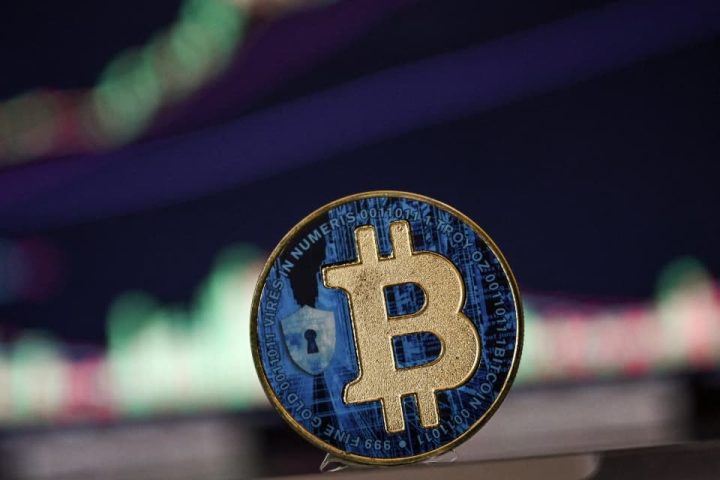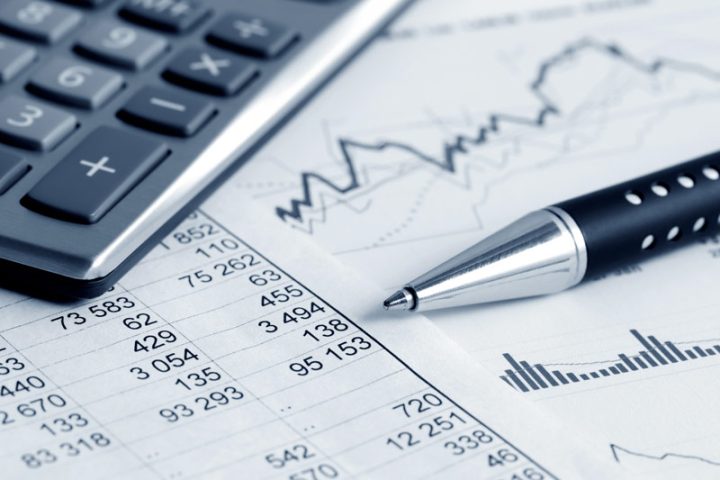By Saqib Iqbal Ahmed
NEW YORK (Reuters) -The dollar edged down against a basket of currencies on Friday, pulled down by portfolio rebalancing, but was on track to end the week higher as fresh data reinforced the view the U.S. economy remains on a firm footing.
U.S. consumer spending increased more than expected in September, signaling a strong fourth quarter, while monthly inflation was elevated, data on Friday showed.
The , which measures the currency’s strength against a basket of six rivals, was 0.07% lower at 106.5, with analysts attributing some weakness to currency trading to rebalance portfolios. The index was up 0.4% for the week.
“This time of the month there are month-end flows that tend to predominate at certain points,” Bipan Rai, North America head of FX strategy at CIBC Capital Markets, said. “I would expect some of that is reflected in the price action that we are seeing for the dollar today.”
Following big gains for the July-September period the dollar has struggled to make further advances despite relatively upbeat U.S. economic data, Rai noted.
“We have seen some signals, at least in the near term, that the dollar is a bit overbought,” said Rai, who still expects the dollar to remain strong.
Forex moves were muted ahead of the Federal Reserve and Bank of Japan policy meetings next week.
“Additional positioning doesn’t really make sense until those two key risk events are out of the way,” Rai said.
Cooling inflation will likely keep the Fed on pause in coming months, traders bet on Friday, even as persistent underlying price pressures amid strong consumer spending kept some chance of a rate hike later this year in play.
The U.S. economy grew at its fastest pace in nearly two years in the third quarter, data on Thursday showed, as higher wages from a tight labour market helped power consumer spending.
The European Central Bank on Thursday left interest rates unchanged as expected, ending an unprecedented streak of 10 consecutive rate hikes.
The euro was 0.12% higher at $1.0573 on Friday.
Data earlier this week showed euro zone business activity took a surprise turn for the worse this month.
Overall risk sentiment improved a little on Friday with the Australian dollar, often used as a proxy for risk appetite, climbing 0.25% to $0.6338, having slid to a one-year low of $0.6271 on Thursday.
The yen pulled back from 150 per dollar, a level some have seen as a potential trigger for intervention by Japanese authorities.
Dollar/yen was 0.6% lower at 149.515.
Japan will continue to respond to the currency market “with a strong sense of urgency,” Finance Minister Shunichi Suzuki told reporters on Friday.
The BOJ meets next week and speculation is mounting that the central bank could change its policy on bond-yield control. An increase to an existing limit on yields set just three months ago has been discussed as a possibility.
“There is next to no expectation in the market that the BOJ will attempt to move away from its negative policy rate at its Oct. 31 meeting,” said Jane Foley, head of FX strategy at Rabobank, in a note.
“By contrast, the market is split on the prospects of another tweak to yield curve control.”
In cryptocurrency markets, bitcoin slipped 1.7% to $33,584. The world’s largest cryptocurrency by market cap has advanced sharply in recent sessions, helped by speculation that an exchange-traded bitcoin fund is imminent.
Read the full article here







